The Vietnamese retail market is expected to make great strides in development, to catch up with the world 's general trend of "non-physical" stores, cashless payments...
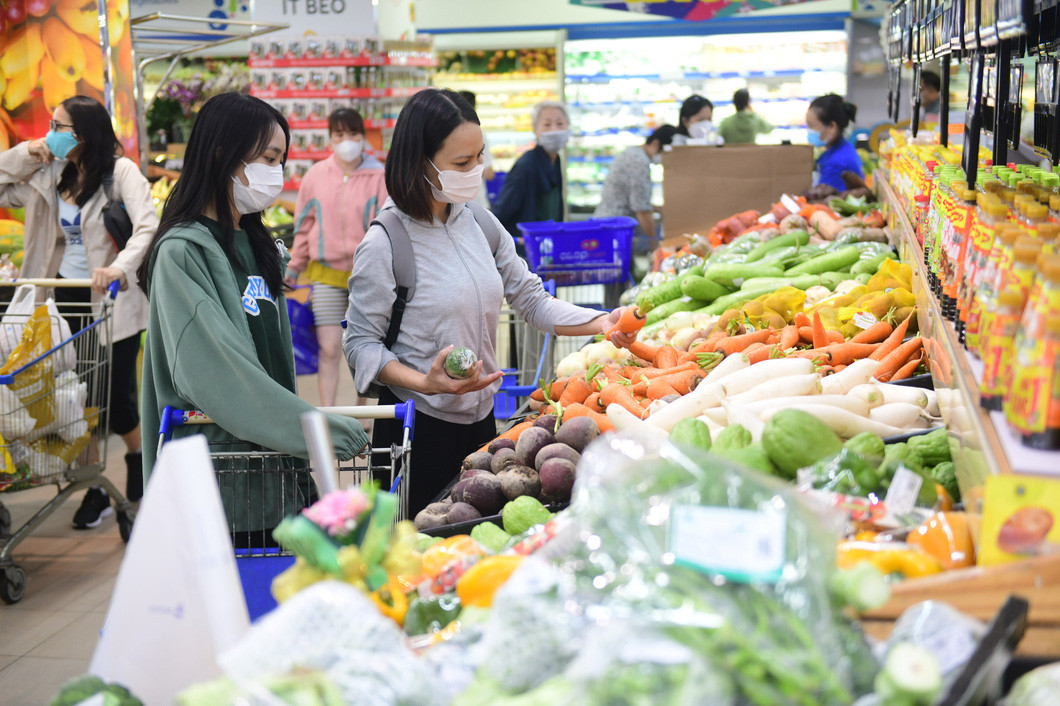
In the process, domestic retailers with limited financial resources must find their own way, identify their strengths to compete and increase market share.
The world's most attractive market
Mr. Nguyen Anh Duc, General Director of Saigon Co.op , Chairman of Vietnam Retailers Association, commented on the picture. retail market Vietnam in the coming time. He said:
In recent years, the Vietnamese retail market has always been one of the most attractive in the world. According to an independent assessment by a market research company, this attractiveness comes from the relatively high population size of Vietnam, the participation rate of modern retailers is still very low, just over 20%, so there is still a lot of room for development.
Those characteristics also show that the market has strengths with a population of 100 million, in which some markets have a high level of concentration.
The Vietnamese retail market itself also opened early, according to the commitment of the World Trade Organization (WTO). Therefore, the access and development of the modern retail market is also associated with the process of economic opening, the import of many tools and technologies with a fairly rapid development level in recent times.
The market also received early clear direction from the authorities, including the industry and trade sector. The projects all supported and promoted the retail market to develop more diversely and quickly.
Especially the quick adaptability of the retail market. Consumers show that they adapt very quickly, easily accepting new models, imported from abroad or developed markets such as e-commerce...
The last point I want to emphasize is the good combination between different industries to serve retail. However, the biggest limitation of the industry also comes from this factor, the support of the industries has not yet created a synchronization for retail development such as logistics, information technology or payment methods...
* In addition, what other challenges do you see in the retail market?
- The limitation of the market is the lack of concentration, the absence of large-scale retailers, especially for the industry related to e-commerce.
The feeling is that retailers operating in the e-commerce sector are still quite fragmented and small, so they have not created large resources for development.
Another limitation is that the resources of domestic retailers are still somewhat inferior to foreign retailers.
* In the current difficult economic context, market purchasing power is weak, so what solutions do retailers have?
- Market difficulties are the general picture and the decline in purchasing power in retail is the first reflection because this sector has direct contact with consumers. Retailers therefore must have the fastest response and best concretization with the policies and solutions of state agencies.
For example, with the reduction of value added tax, retail businesses must implement it very quickly so that the new price level can support market purchasing power.
The second solution involves cooperation between retail units, creating an overall stimulus for the economy to provide better support.
Retailers must be the units that directly reflect the voice of consumers and production units to create a comprehensive chain in the current supply and demand period. Saigon Co.op itself is also negotiating with Saigontourist Group, Vietravel... to implement these cross-stimulus programs.
Domestic retail businesses must understand their own strengths.
* In the current inevitable trend, domestic retail enterprises are facing fierce competition from foreign enterprises with strong financial potential. How can domestic retailers focus and promote their strengths?
- The participation of foreign retailers in the market is a positive sign because they have accumulated a lot of experience and qualifications from markets around the world. This helps the Vietnamese retail industry to develop further and consumers have competitive and sustainable choices.
But to compete, domestic retail businesses themselves cannot just sit and wait, but need to be more proactive in improving themselves, learning new models, new trends or new applications, even taking shortcuts and being at the forefront of technology. Or having appropriate applications to the reality of the Vietnamese market.
Domestic businesses have the advantage of understanding domestic consumers better. And this factor needs to be transformed into practical programs.
Domestic enterprises also need to focus, it is more profound, understand their core strengths, so that they can choose the right market.
For example, Co.opFood is also a "weapon" of Saigon Co.op. When the Co.opFood model was born, the store was identified not as a mini supermarket but as a store specializing in food, pioneering in opening in residential areas and buildings.
At that time, the market also had different models, but with a specialized food point of sale, it can be said that Co.opFood was the pioneer. This model was successful and dominated in cities and urban areas, diversifying the distribution model of the retail market.
I think in the retail sector, understanding which model you are strongest in and focusing on doing that will lead to greater success.
* How do you predict the future trend of the Vietnamese retail market?
- Firstly, the contribution rate of modern retail in the overall needs to have a higher growth rate. The proportion of modern retail in Vietnam is currently only about 20%, still much lower than other countries in the Southeast Asian region.
In Vietnam alone, retail can make a leap, skipping the usual development process, not sequentially from traditional to modern, but can jump to non-physical stores of e-commerce, semi-automatic stores to keep up with the general trend of world retail...
This requires management foresight to ensure that regulations are relevant and avoid becoming outdated.
The trend of Vietnamese retail is also assessed to go fast and go early associated with the application of Big Data, Data Analytics and Artificial Intelligence (AI)...
Vietnamese retail is also moving quickly with new consumer habits such as cashless payments. I believe that the proportion of this payment will have a very high leap and requires active preparation from units in the ecosystem.
Source



















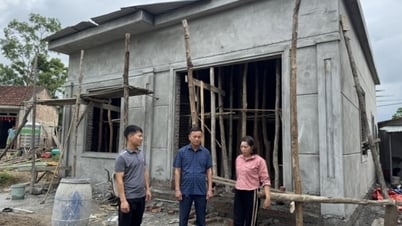





















































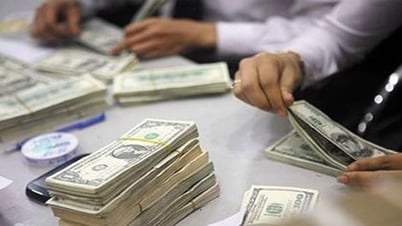
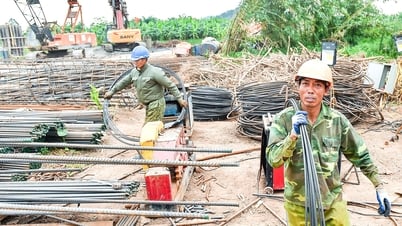





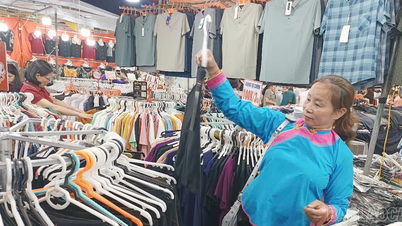








![[OCOP REVIEW] Tu Duyen Syrup - The essence of herbs from the mountains and forests of Nhu Thanh](https://vphoto.vietnam.vn/thumb/402x226/vietnam/resource/IMAGE/2025/6/5/58ca32fce4ec44039e444fbfae7e75ec)







Comment (0)